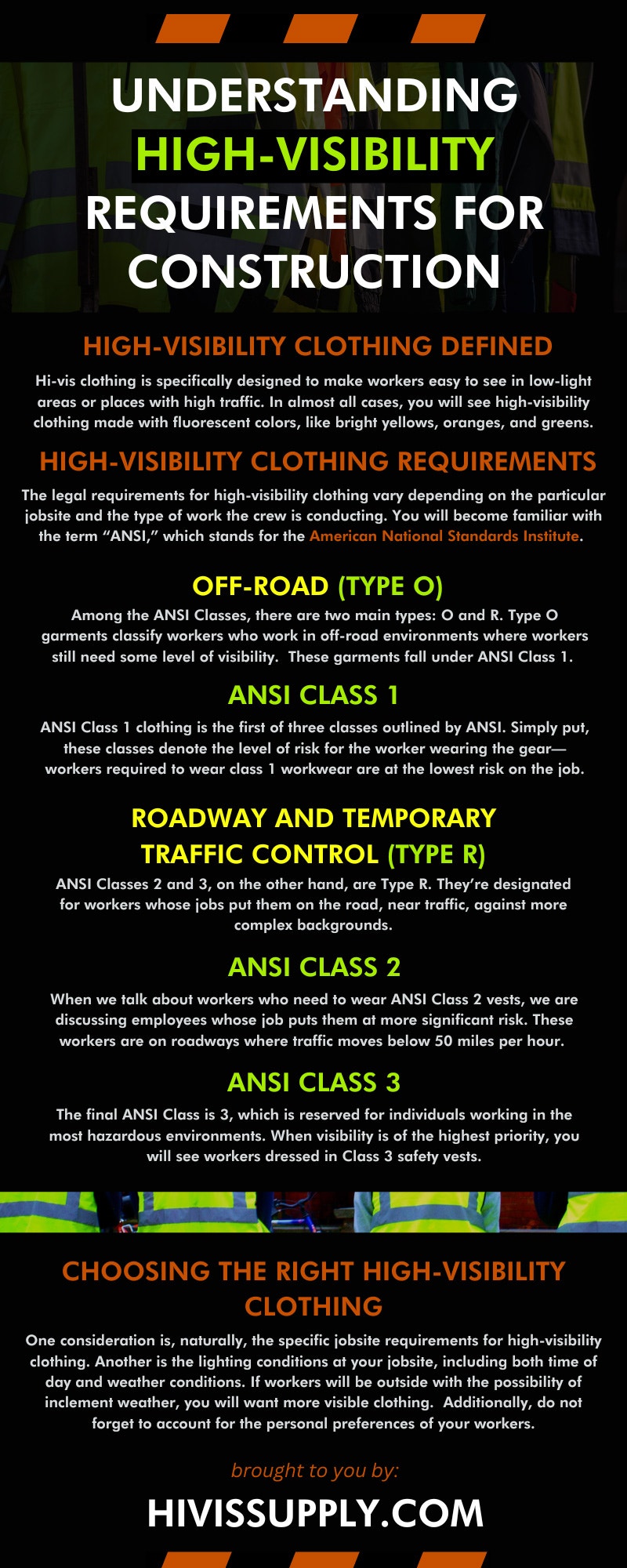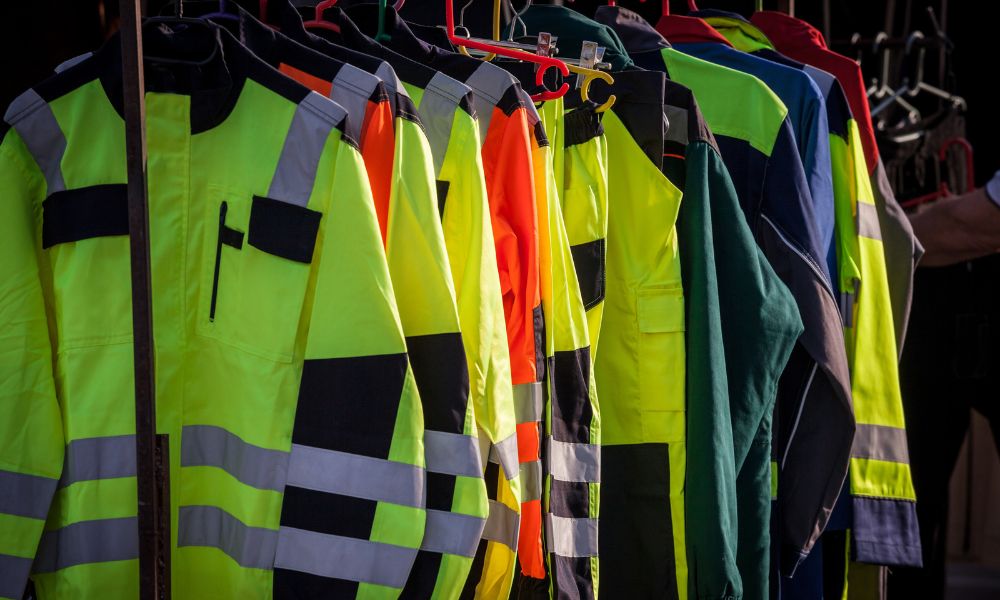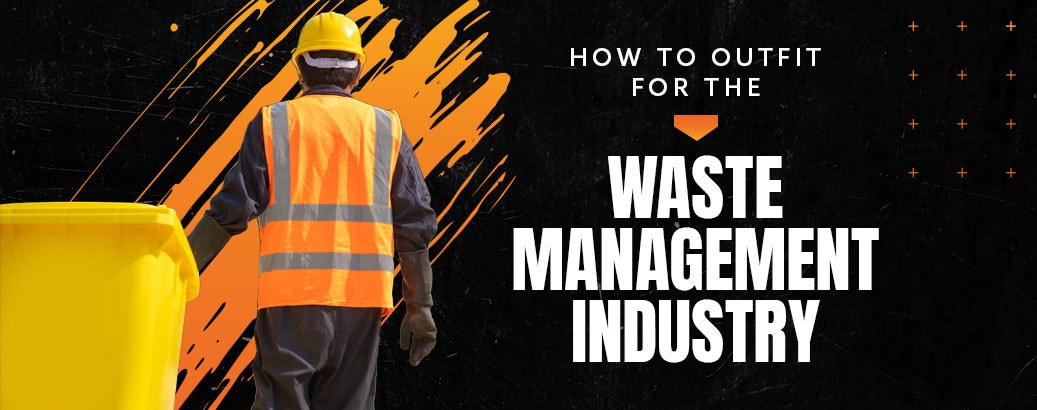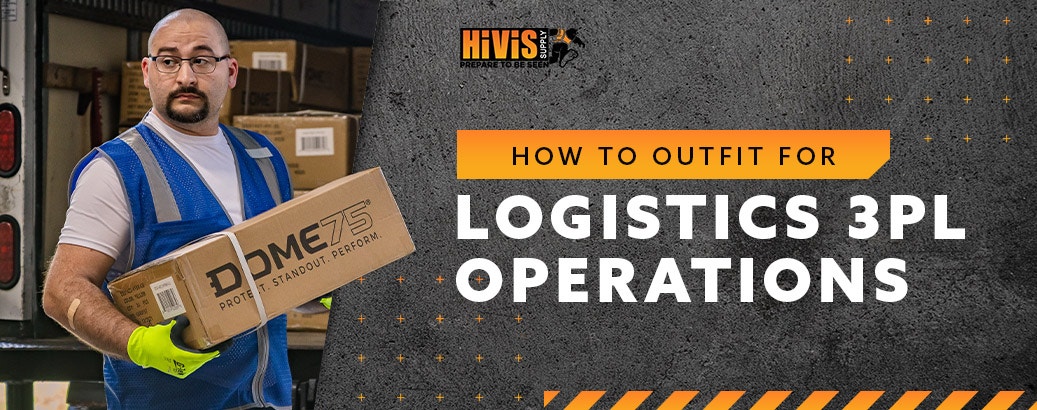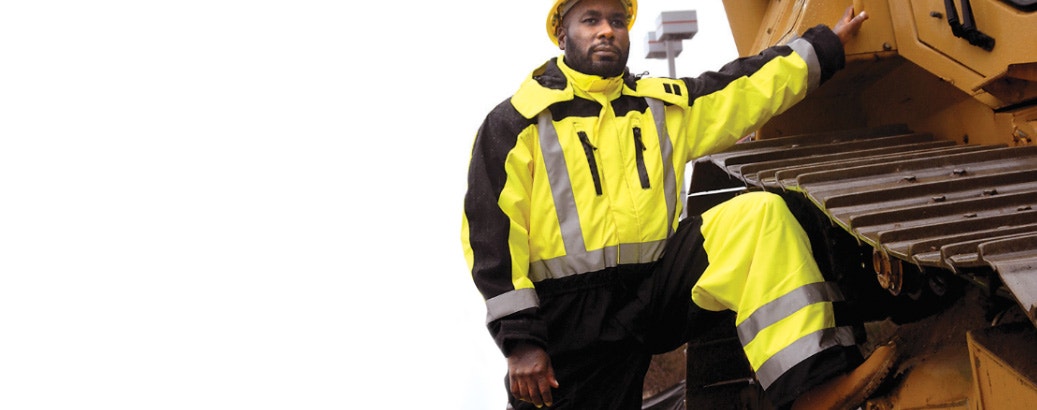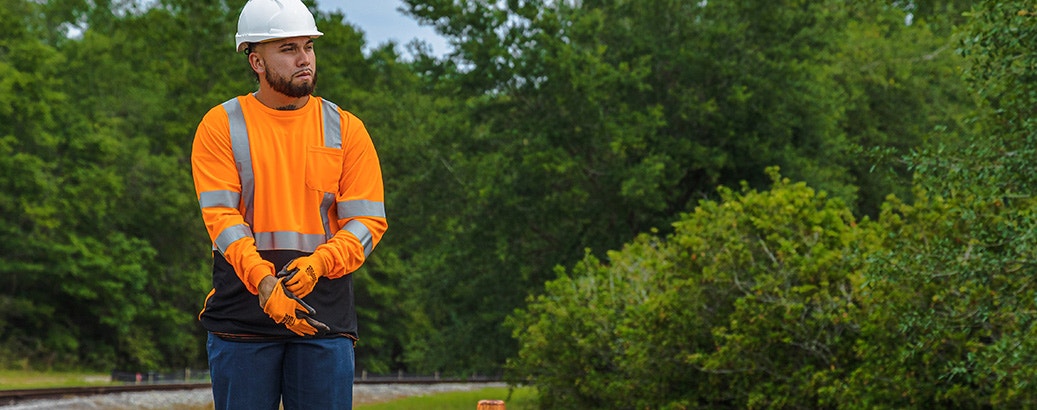Understanding High-Visibility Requirements for Construction
- By HiVis Supply
- Apr 24, 2023
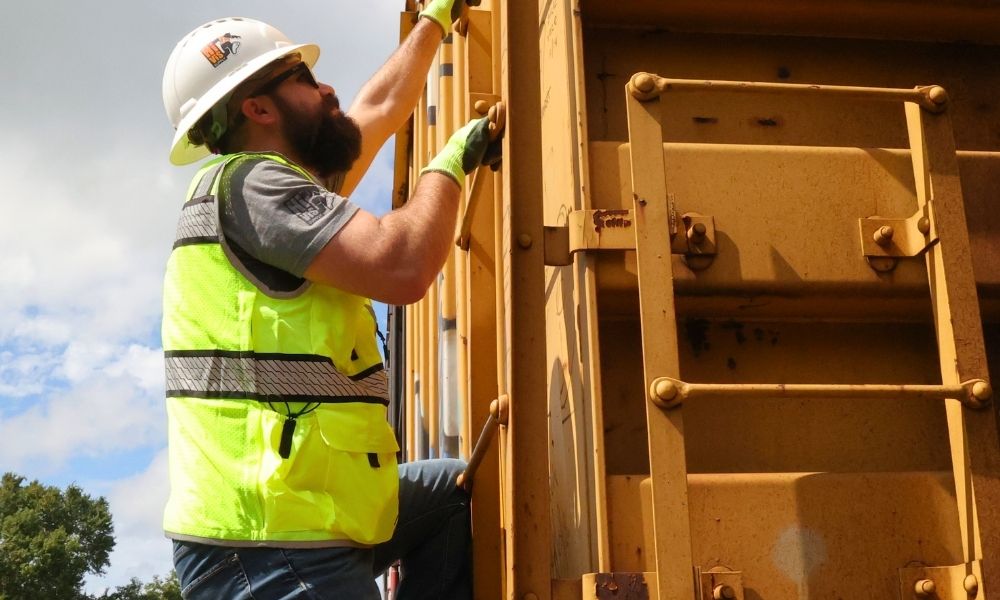
Even if you take all the proper precautions, construction sites have the potential to be extremely dangerous places. When you consider the heavy machinery, tools, and occasionally hazardous materials that occupy construction sites, it is essential that all your workers arrive at the jobsite each day in gear that will ensure that they are seen.
That is why high-visibility clothing is required for workers in construction, transportation, and other high-risk industries. Read on to understand high-visibility requirements for construction sites.
High-Visibility Clothing Defined
Before we discuss the specific jobsite requirements for construction, let’s define exactly what high-visibility clothing is. While a white T-shirt may constitute eye-catching clothing on the street, it does not qualify as high-visibility clothing on a jobsite.
Hi-vis clothing is specifically designed to make workers easy to see in low-light areas or places with high traffic. In almost all cases, you will see high-visibility clothing made with fluorescent colors, like bright yellows, oranges, and greens. These colors are ideal for catching the light and the attention of other workers as the colors stand out from the environment.
In addition, many types of hi-vis clothing have reflective panels or stripes designed to reflect light from headlights or other light sources. These reflective sections glint and gleam brightly to ensure people can see you, even at night.
Why Is High-Visibility Clothing Necessary for Construction?
While a well-organized construction site should never be disorderly, the reality is that jobsites that operate loud tools can often become chaotic. It is easy for workers to become obscured behind heavy equipment or other obstacles, making it difficult for equipment operators to see them when operating heavy machinery.
High-visibility clothing makes all workers more visible, which reduces the risk of accidents or injury. Depending on the gear, high-visibility clothing can also distinguish who is who on a construction site. For example, the project manager may wear a lime green hi-vis vest while other workers are in orange vests—this helps you quickly locate whom you need to talk to, even from across the site.
High-Visibility Clothing Requirements
The legal requirements for high-visibility clothing vary depending on the particular jobsite and the type of work the crew is conducting. You will become familiar with the term “ANSI,” which stands for the American National Standards Institute. This is the organization that establishes guidelines for hi-vis clothing. While not every jobsite in the world abides by its requirements, the construction industry has widely accepted the ANSI/ISEA 107 guidelines.
Off-Road (Type O)
Among the ANSI Classes, there are two main types: O and R. Type O garments classify workers who work in off-road environments where workers still need some level of visibility. These garments fall under ANSI Class 1.
Roadway and Temporary Traffic Control (Type R)
ANSI Classes 2 and 3, on the other hand, are Type R. They’re designated for workers whose jobs put them on the road, near traffic, against more complex backgrounds. This could be a construction flagger, a school crossing guard, or anyone else exposed to traffic. Naturally, classes that fall under this type require more visibility than workers in Type O settings.
ANSI Class 1
ANSI Class 1 clothing is the first of three classes outlined by ANSI. Simply put, these classes denote the level of risk for the worker wearing the gear—workers required to wear class 1 workwear are at the lowest risk on the job.
Think about jobs in areas where work takes place a good distance from any roadway. Workers on such jobsites must outfit themselves in ANSI Class 1 gear. Take sidewalk repair in a residential neighborhood, for example. The speed limit is lower, and workers are a safe distance from the road, so they would wear ANSI Class 1 gear.
ANSI explains that Class 1 safety garments must have at least one band of retroreflective (or combined-performance) material that stretches horizontally across the torso of the garment. Additionally, the garment must have retroreflective materials that encircle the arms or shoulders. The background color of Class 1 apparel can be dark in color, which is a key distinction between Class 1 and Classes 2 and 3.
ANSI Class 2
When we talk about workers who need to wear ANSI Class 2 vests, we are discussing employees whose job puts them at more significant risk. These workers are on roadways where traffic moves below 50 miles per hour. One key distinction between Classes 1 and 2 is that Class 2 garments must have safety orange or safety yellow background material.
Other than that, ANSI Class 2 garments also require a horizontal band of retroreflective or combined-performance material around the torso. They also require the same material on the shoulders or as bands encircling the sleeves.
ANSI Class 3
The final ANSI Class is 3, which is reserved for individuals working in the most hazardous environments. When visibility is of the highest priority, you will see workers dressed in Class 3 safety vests. This includes jobsites along highways—roadway construction crews, surveyors, and tow truck drivers are all examples of groups who need ANSI Class 3 gear.
As you may expect, ANSI Class 3 safety vests have the most visibility requirements. For Class 3 hi-vis vests, you’ll see safety yellow or safety orange background material, along with retroreflective tape or a combined-performance material in a horizontal band around the torso. On top of that, it is essential that this gear includes at least one band encircling the sleeves.
Choosing the Right High-Visibility Clothing
There are a few factors to consider when selecting high-visibility clothing for your workers. One consideration is, naturally, the specific jobsite requirements for high-visibility clothing. Another is the lighting conditions at your jobsite, including both time of day and weather conditions. If workers will be outside with the possibility of inclement weather, you will want more visible clothing.
Additionally, do not forget to account for the personal preferences of your workers. While comfort does not come before safety, make sure you outfit your employees in gear that they will reliably wear every day. Otherwise, they—and, by extension, you—could get in a lot of trouble.
Now that you understand the high-visibility requirements for construction, we hope you have a better idea of what gear to equip your workers with. No matter what ANSI class you require, we have the workwear you are looking for at HiVis Supply.
